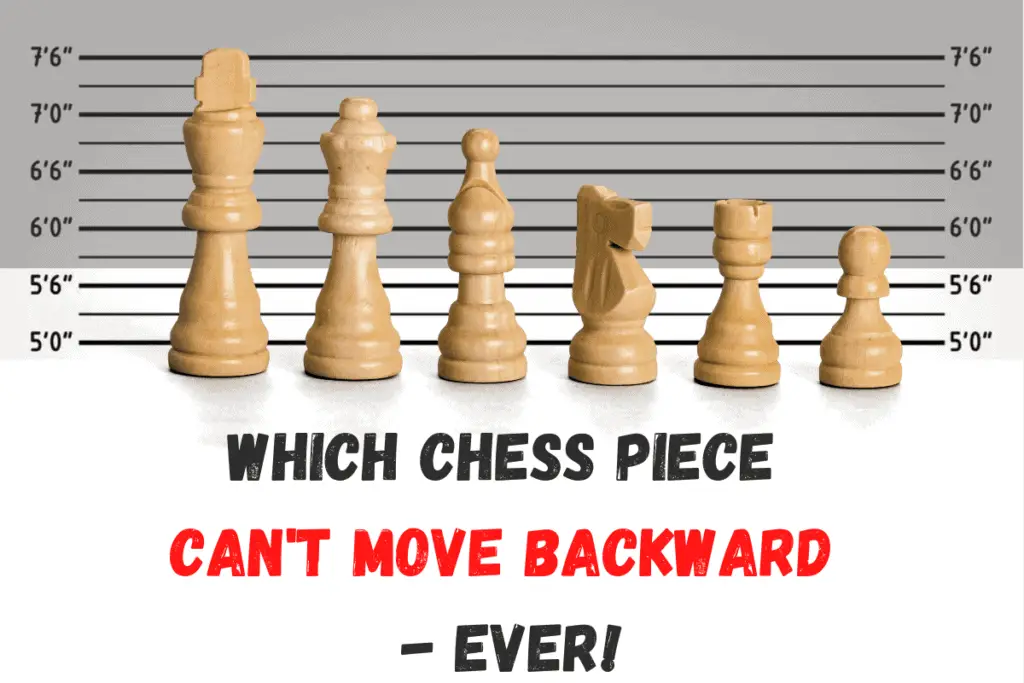

Although that move is already in the valid move list anyway. chess.js is a TypeScript chess library used for chess move generation/validation, piece placement/movement, and check/checkmate/stalemate detection - basically everything but the AI. But you don't seem to do anything to indicate that the bishop can take a piece and move to x+2,y+2 or similar, so it doesn't seem to be checking for a piece.

#Chess pieces moves code code
I can't tell what's happening in your Bishops code with the check for squares starting with "w", whether it's supposed to indicate a white square or a white piece on the square. Potential_moves += ur + dr + ul + dl #ur = up/right, etc.

All the moves are mirrored vertically and horizontally. The longest distance is from one of the corners to the other, so from the bottom left 0,0 to x+7, y+7. So the Bishop moves diagonally - x+1 and y+1. You do 50+ lines of code to handle each direction from the center, all with two counters and all with safety checks for going off-board. Right, foothills navigated, what about Bishops? They travel in a big X shape. your Knight code has a bug duplicating the pair (x+1, y+2) instead of the second one being (x+1, y-2)). Make use of list.extend() / + overload for lists: # resolve knight moves. I'm also not clear why it checks the square to see if the square is white (or has a white piece?) but I'm leaving those as is).Ĭode just looks heavy and redundant. (I'm not clear why the pawn can move up-right, and down-right, instead of up-right and up-left - probably the game is going left/right on the board, I was assuming it was up/down, if that matters. If x = 1: # if the pawn is in the second rank (has not moved) If the board width and height go 0-7 then replace them with inline safety checks. The try / except / pass blocks add a lot of length and not a lot of features. (Yeah, I've been replacing the nested lists of lists with tuples). Probably people who have written chess games before have much better ideas, but here are my thoughts. Thinking about it, I bet a lot of it could be cut right down if the function actually didn't care about moves going off-board, like you say, and that was tidied up later. Moves = append_strip_negatives(potential_moves) # if the pawn is in the second rank (has not moved)

Potential_moves = # moves before clean up function The list before the cleanup for a knight which has not moved at the beginning of the game would look like this:, ],, ],, ],, ],, ],, ],, ],, ]]Īnd after clean up, looks like this:, ],, ]]Īnd here is the function: def enumerate_moves(x, y):
#Chess pieces moves code how to
It assumes there are no other pieces on the board, and that all moves are possible (see example list of moves below) and a separate function 'cleans' the list and removes any moves that aren't possible (say if the space is taken, or if the value would put the piece off of the board) My code works, but it is large and redundant, so I was wondering if anybody had any idea how to better accomplish this? Assuming the computer will always be playing black. 1.The goal of chess is to capture your opponent’s king however, most games end before the capture when the opponent is unable to prevent their king from. I have a function that when passed the x and y coordinates on a 2D list can enumerate all possible moves for a piece. Ver := Ĭurrent_element := delete first element from queue_positionalĬurrent_element = queue_positional.I'm just at the beginning stages of making a simple chess engine. Queue_positional := a new list initialized by pairs (0, 0) Temp_list := a new map initialized with pairs (-1, -1) To solve this, we will follow these steps −ĭefine a function path_search(). The consecutive lines similarly describe the minimum number of moves for each respective I and j values. The first line of output contains the minimum number of moves needed by the piece to reach position (1,1) to (1,5). Possible moves for the knight if it is in position (3, 3) in a 5x5 chessboard. So, if the input is like n = 6, then the output will be We will print n – 1 lines of output, where in each line i it will contain n − 1 integers that describe the minimum number of moves the piece must make for each j. If a position is not reachable, it is marked -1, otherwise, the number of moves is returned. We have to find out the minimum number of moves for that chess piece to reach to reach position (n-1, n-1) on the chessboard from the position (0, 0). If the piece is in position (x1, y1) and if it moves to (x2, y2) the movement can be described as x2 = x1 ± a y2 = y1 ± b or x2 = x1 ± b y2 = y1 ± a where a and b are integer numbers. Suppose, we have a chessboard and a special knight piece K, that moves in an L shape within the board.


 0 kommentar(er)
0 kommentar(er)
